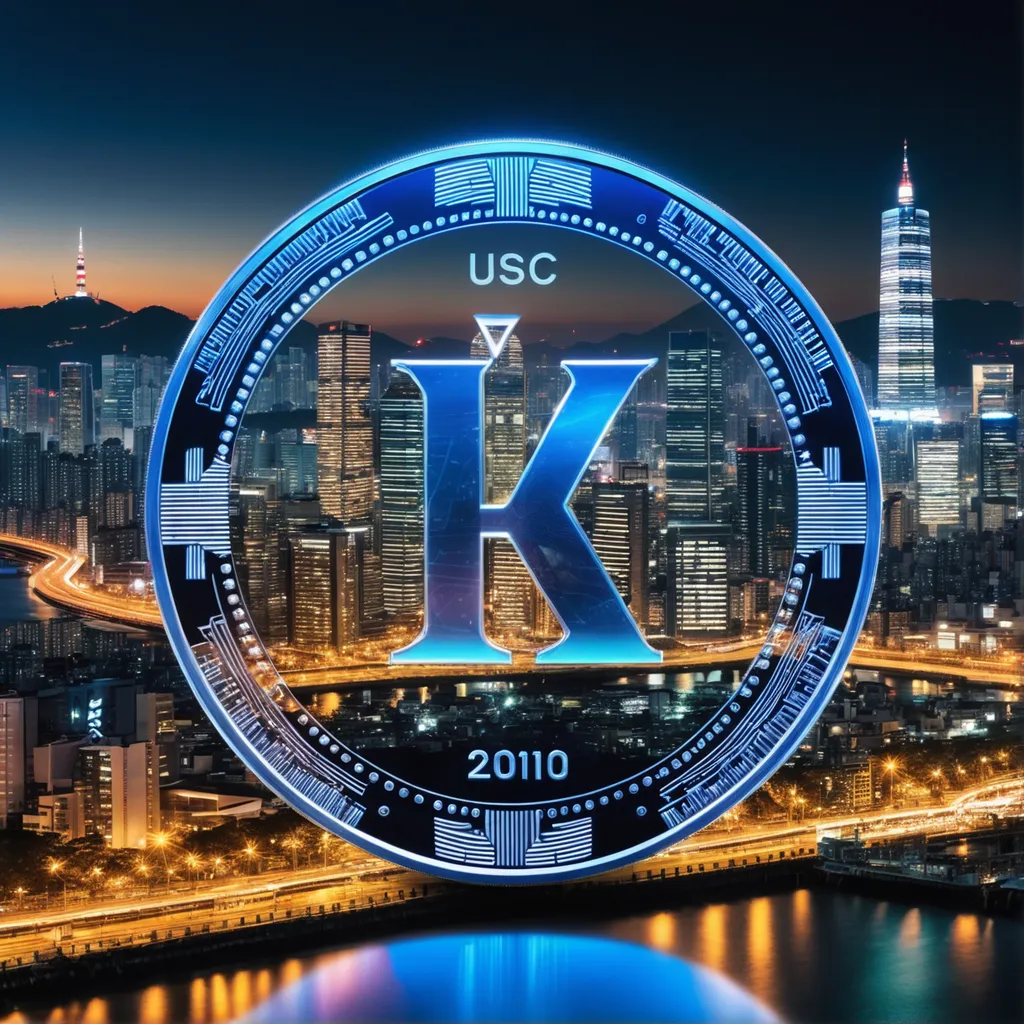South Korea's Top Banks Court Circle as Stablecoin Push Gains Momentum
Why are South Korea's top banks uniting for a stablecoin revolution?
What makes South Korea’s approach to stablecoins unique?
How could South Korea’s stablecoin initiative impact the global financial market?

- South Korea's leading banks are accelerating strategies to engage with Circle amid regulatory advancements.
- Discussions aim to align with the country’s evolving framework for digital assets.
South Korea's four largest banks—KB Kookmin, Shinhan, Hana, and Woori—are set to meet with Circle’s President, Heath Tarbert, to explore potential collaborations in the stablecoin market. On August 18, 2025, Cryptopolitan and The Block reported that the meeting aims to discuss the issuance of won-denominated stablecoins, stablecoin distribution, and remittance networks. This development comes as the nation’s financial regulators finalize a legal framework for stablecoin oversight.
The engagement coincides with South Korea’s Financial Services Commission (FSC) preparing to introduce a stablecoin regulation bill to the National Assembly in October. The proposed legislation is expected to establish guidelines for stablecoin issuance, collateral management, and risk controls, aiming to provide regulatory clarity in the growing digital asset space.
South Korean banks are positioning themselves proactively ahead of the legislation. KB Financial Group has formalized its “Stablecoin Division” into a permanent organizational unit, while Woori Bank has created a dedicated “Digital Asset Team.” These measures reflect preparations to integrate digital assets as a core component of their financial operations. The Bank of Korea’s stated preference for a “banks-first” model for stablecoin issuance further underscores the anticipated central role of financial institutions in the emerging framework.
The collaboration with Circle represents a pivotal step toward the institutionalization of the cryptocurrency market in South Korea. According to Cryptopolitan, the discussions include plans for issuing stablecoins pegged to both the U.S. dollar and the Korean won. If realized, these initiatives could enhance the efficiency of both local and cross-border payment systems.
Beyond regulatory efforts, South Korea faces competition in the stablecoin landscape from other regional players like Japan, which is advancing its yen-pegged stablecoin initiatives. The timeframe for South Korea’s stablecoin implementation may depend on how quickly and effectively its regulatory framework is finalized.
As of August 18, 2025, 15:15 UTC, USD Coin (USDC) is trading at $1.00, with a 0.003% 24-hour trading volume increase, according to market data.
Get real-time crypto breaking news on Unblock Media Telegram! (Click)
Recommended News
Major Banks Tokenize Assets On-Chain to Modernize Finance

<Japan Signals Readiness for Currency Intervention After Yen Hits 11-Month Low>

Hong Kong Backs OECD's Global Crypto Tax Plan: 70 Nations Sign On

BlackRock Files for Staked Ethereum ETF Amid $11B Crypto Push

Russia to Open Crypto Market to Non-Qualified Investors in 2026






